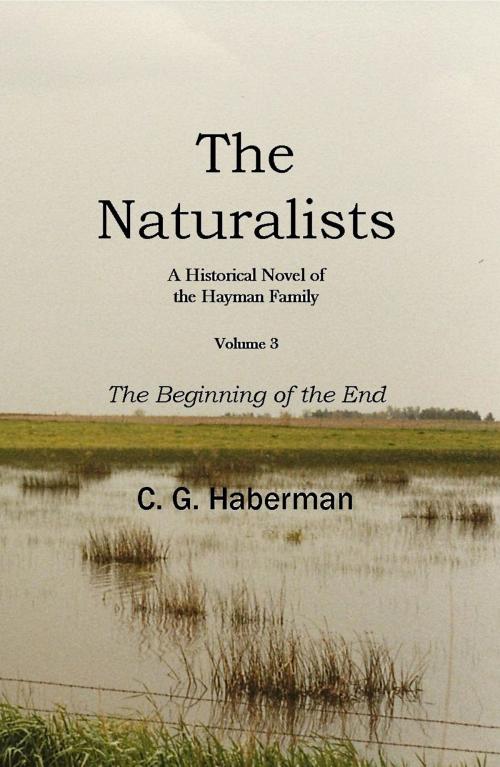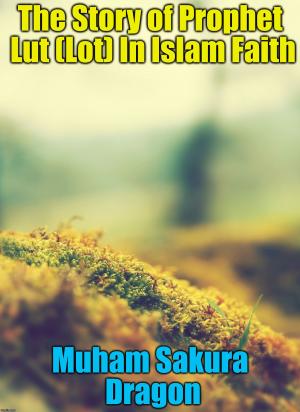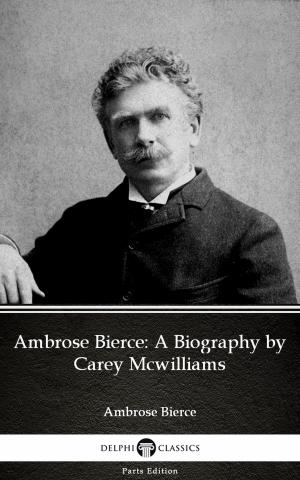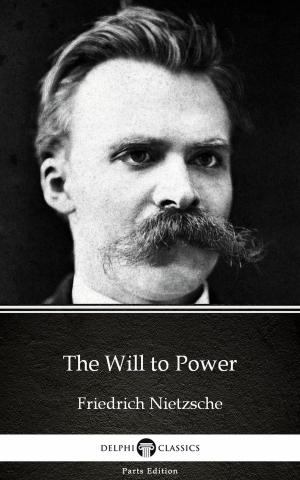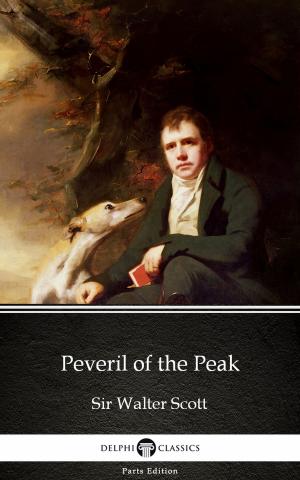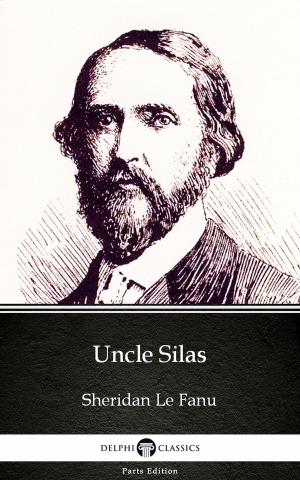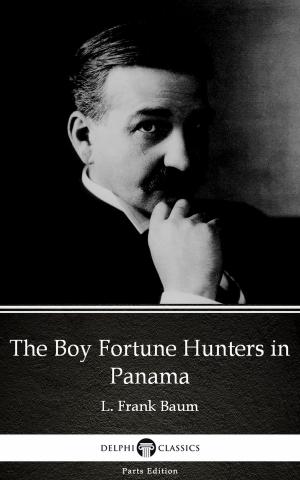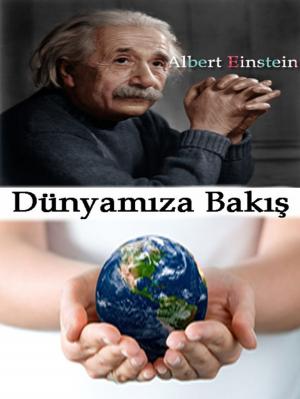| Author: | C. G. Haberman | ISBN: | 6610000178681 |
| Publisher: | PublishDrive | Publication: | May 23, 2019 |
| Imprint: | PublishDrive | Language: | English |
| Author: | C. G. Haberman |
| ISBN: | 6610000178681 |
| Publisher: | PublishDrive |
| Publication: | May 23, 2019 |
| Imprint: | PublishDrive |
| Language: | English |
His great-grandfather, John Hayman, came to this gently rolling grassland filled with marshes teeming with life, in 1855.
Now Chance Hayman, the lone heir to the Hayman acres, deals with the vanishing marshes that his parents and grandparents lovingly tended. The entire area has succumbed to the plow, earth-moving machines, irrigation, and natural disasters such as fowl cholera. Since farms such as his are not protected as federal wetlands, there is a fear that they could fall into the hands of special interests claiming they are needed to “feed the world.”
The infamous Hayman journals fuel his desire to ensure the wetland loss will cease. A long-forgotten file containing high altitude photography has come to Chance’s attention via his close friend, the governor.
Together they provide the support to preserve and restore the marshes of this unique land. A complex web of life that once offered refuge for waterfowl and shorebirds that amassed in high numbers during the spring and fall migratory seasons has nearly vanished. Can Chance convince his neighbors to bring back some of the small wetlands that form an ecosystem?
The last volume of the Hayman family brings to the forefront the issues and how they impact him and his friends.
The following quote starts the story: “The future belongs not to those who have the most, but to those who do the most with what they have.” Eugene P. Odum.
His great-grandfather, John Hayman, came to this gently rolling grassland filled with marshes teeming with life, in 1855.
Now Chance Hayman, the lone heir to the Hayman acres, deals with the vanishing marshes that his parents and grandparents lovingly tended. The entire area has succumbed to the plow, earth-moving machines, irrigation, and natural disasters such as fowl cholera. Since farms such as his are not protected as federal wetlands, there is a fear that they could fall into the hands of special interests claiming they are needed to “feed the world.”
The infamous Hayman journals fuel his desire to ensure the wetland loss will cease. A long-forgotten file containing high altitude photography has come to Chance’s attention via his close friend, the governor.
Together they provide the support to preserve and restore the marshes of this unique land. A complex web of life that once offered refuge for waterfowl and shorebirds that amassed in high numbers during the spring and fall migratory seasons has nearly vanished. Can Chance convince his neighbors to bring back some of the small wetlands that form an ecosystem?
The last volume of the Hayman family brings to the forefront the issues and how they impact him and his friends.
The following quote starts the story: “The future belongs not to those who have the most, but to those who do the most with what they have.” Eugene P. Odum.
